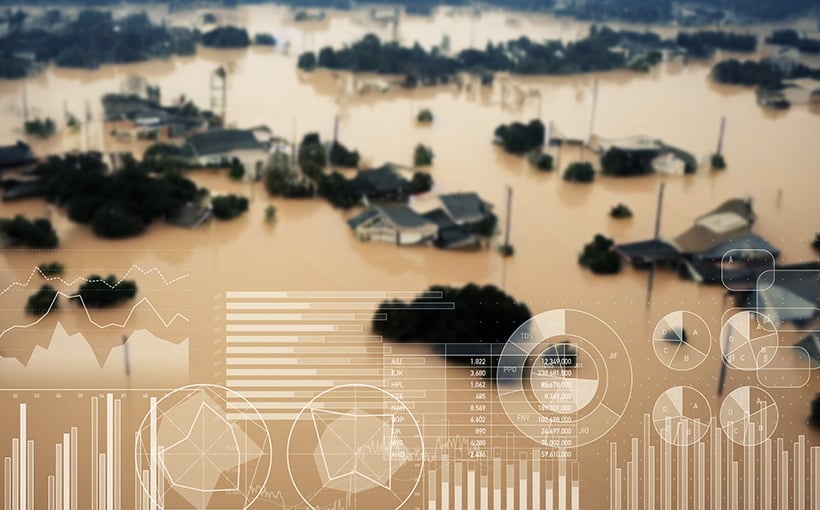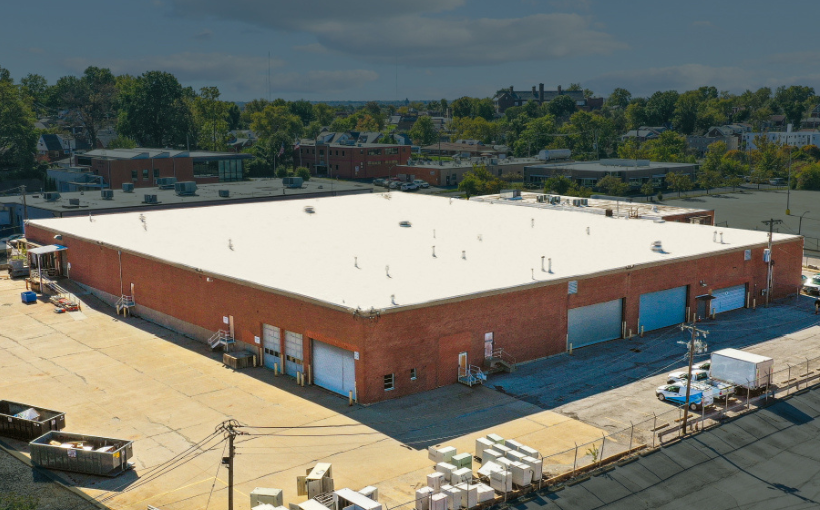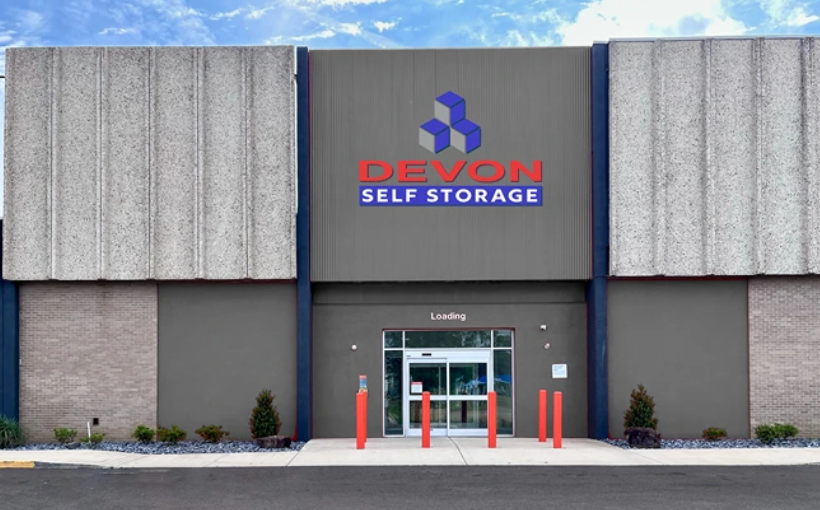Renea Burns: Managing Climate-Change Insurance Costs in Commercial Real Estate
It is no secret that the United States, and the world as a whole, has been experiencing an increase in extreme weather events due to climate change. Terms like “super storms,” “atmospheric rivers,” and “wildfires” are becoming more common. According to Deloitte’s recently released Financial Service Industry (FSI) Predictions Report for 2024, the US is leading the world in these catastrophic weather events.
As a result of this trend, commercial real estate insurance rates have been on the rise, particularly in states with high expected annual losses. In fact, insurance costs have increased by 31% year-over-year and by 108% over the past five years for these states. In addition to rising rates, there were also 28 separate billion-dollar extreme weather events in 2023 with estimated recovery costs totaling $92.9 billion.
Deloitte’s Renea Burns and Tim Coy explain that they were aware of this significant increase but did not expect it to almost double from five to ten years ago when speaking with Connect CRE about their report findings.
Burns serves as Deloitte’s Audit & Assurance Partner and National Eminence Leader while Coy is their Center for Financial Services’ Commercial Real Estate Research Manager; both co-authored this report alongside Niall Williams who manages research at Deloitte Center for Financial Services.
The experts noted that not only are there more frequent extreme weather events but also different types than what was seen twenty years ago such as cold waves hitting Texas or hurricanes affecting California – which may be surprising developments compared to previous expectations.
Stormy Weather Ahead?
Unfortunately,the outlook does not look much better going forward accordingtothe report.AccordingtoFEMA’sNational Risk Index,the topfivestateswiththehighestriskofextremeweatherareCalifornia,
Florida,Texas,NorthCarolina,andWashingtonState. This means that by 2030, the cost premium of being in a higher-risk state could be 24% greater than the national average compared to a 32.5% discount for lower-risk states.
In addition to increasing insurance rates, extreme weather events have also caused some insurers to reduce coverage or leave certain states altogether. The current inflationary environment is not helping either as Burns and Coy point out that if it persists – especially for labor and building materials – insurers will likely adjust their prices accordingly on top of already high costs due to extreme weather.
Finding Solutions
Unfortunately, climate-change hazards are not going away anytime soon; in fact, accordingtotheAmericanRedCross,the year2024hasbeenlabeledas”themostactiveyearfortornadoessince2017.”OverMemorialDayweekend,U.S.tornadicstorms killedatleast22peopleacrossfourstatesandfloodingisbecomingmorecommon.Inadditiontothelossoflife,tornadoes,flooding,andwildfirescontinuetodestroyproperty.
So what can real estate owners do? The report suggests conducting regular risk assessments to identify vulnerabilities associated with a property’s location.Additionally,enforcingsecurityandmonitoringmeasureslikecamerasaccesscontrol,floodmonitors,andfirepreventiontoolsareeasierstrategiestoimplementbeforepursuingmorecapitalor time-intensive efforts like forming captives or relocating entirely.Burns and Coy also highlight resiliency efforts such as using more robust building materials,reinforced structures,rain gardens or permeable pavementforbetterstormwatermanagement.Renewableenergysystemscanhelpmitigatepowerdisruptionswhileworkingwithfire-resistantmaterialsandothersolutionscanbeincorporatedtolimitwildfirerisks.CoyandBurnsnotedthatalthoughdiscountsandtaxcreditsmaynotbeformalizedforCREownersastheyareforhomeowners,effortstosafeguardpropertyshouldbesimilar.Forexample,”Floridaprovidessalestaxexemptionsforimpact-resistantwindows,doors,andgaragedoors.”Furthermore,someprivateinsurersinthestatesalsoofferdiscountstopolicyholdersthatareinvestinginroofandshutterstrengtheningtoprotecthomesagainsthurricaneforcewinds.
Burns and Coy also suggest that CRE occupiers and tenants can implement their own resiliency efforts to help reduce losses. They recommend working with brokers and insurance agents to see if discounts are available for such steps. It is important to tailor these measures specifically for the property in question and consult with risk management experts for guidance.
The Takeaway
In conclusion,BurnsandCoystress the importance of understandingthe connection between climate change,the increase in extreme weather events,and its impact on insurance costs within commercial real estate.While this may seem like a daunting challenge,it is not impossible.BurnsandCoyassurethatthereareviablepathscompaniescantaketohelpreducetheimpactontheirbottomline.These solutions can range from simple prevention tools like monitoring systems all the way up to forming captives or relocating entirely.However,before taking any action it’s essentialtoconductregularriskassessmentstoidentifypotentialvulnerabilitiesandspeakwithexpertsforadvice.The keyistobe proactive rather than reactive when it comes tomaintainingaresilientcommercial realestateportfolio.




